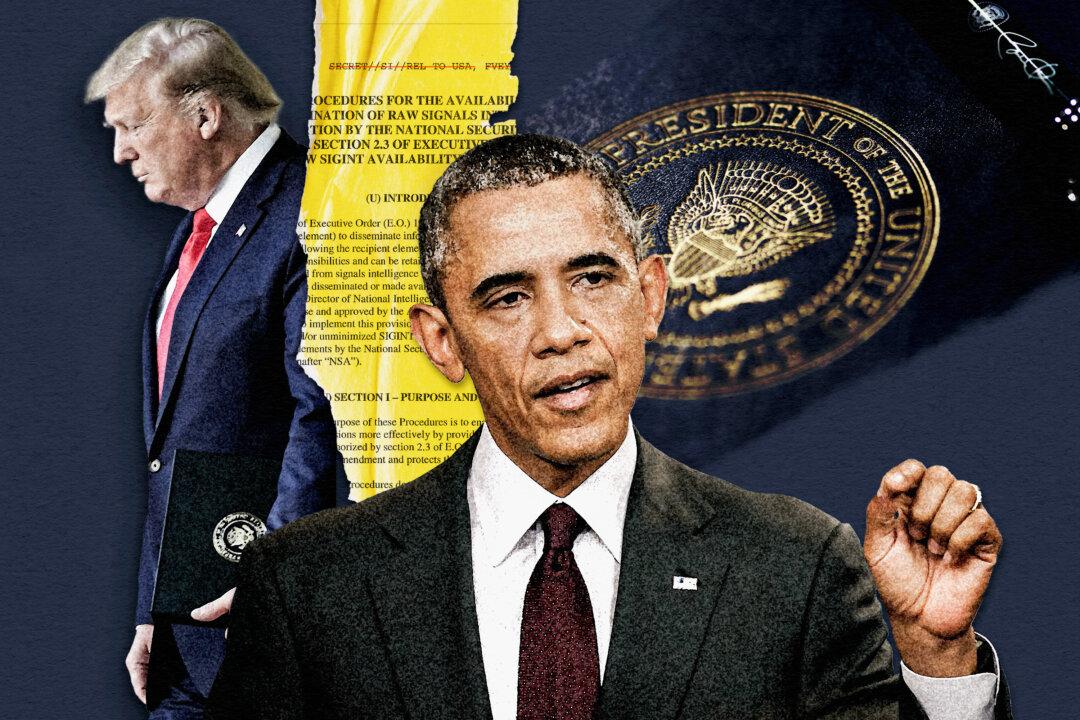Carter Page, a U.S. citizen who was a foreign policy adviser to the Trump presidential campaign in early 2016, was surveilled under Title I of the Foreign Intelligence Surveillance Act.
The FBI used the so-called Steele dossier—written by former MI6 agent Christopher Steele and paid for by the Clinton campaign and the Democratic National Committee—to portray Page as “an agent of a foreign power,” specifically Russia, to the Foreign Intelligence Surveillance Court (FISC).





